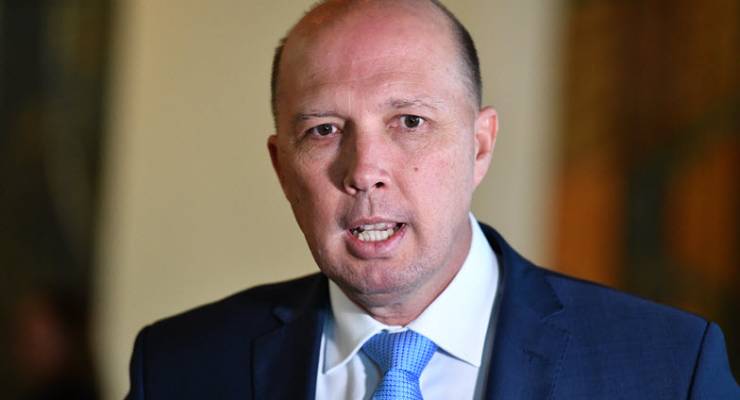
In the aftermath of the revelations that roughly 70 asylum seekers who had been brought to Australia for medical treatment (and stayed thanks to a court injunction) would have their income support cut off and would have three weeks to find alternative accommodation or face deportation, Immigration Minister Peter Dutton talked about the significant costs these asylum seekers imposed upon the taxpayer.
“The medical care has been provided and through tricky legal moves they are now prevented from being returned to their country of origin, Manus or Nauru,” Dutton told the Daily Telegraph.
“In some cases, this con has been going on for years, costing the Australian taxpayer tens of thousands of dollars for each individual and seeing them receive more welfare, including housing, than pensioners who have worked here all their lives.”
In the interest of saving the Australian taxpayer money, we’ve run the numbers on how expensive it is to house asylum seekers in Australia as compared to housing them in offshore detention on Manus Island or Nauru, which is the government’s preferred option.
As Fairfax’s Tom McIlroy pointed out back in July, offshore detention centres on Manus Island and Nauru have cost Australia nearly $5 billion since 2012. This includes the departmental costs and capital works on the islands.
The budget allocation for offshore management in the Department of Immigration and Border Protection is projected to be $713.6 million for the financial year 2017-2018. This includes provisions for the health and welfare of detainees, supporting the voluntary return of asylum seekers (and the potentially involuntary return of those found not to be refugees) to their country of origin as well as the building and maintenance of detention facilities.
But the costs have been known to blow out unexpectedly. The 2015-16 budget predicted spending of $810.8 million on offshore detention in 2015-16, but the actual spending in this area ended up being estimated at $1.1 billion.
As of October 2016, there where 1262 refugees on Manus and Nauru. Averaging the government’s own projected cost for the next year, it costs $565,484.15 per person, per year.
According to The Daily Telegraph, the asylum seekers still in Australia after their medical care are costing the government far less. An interactive graphic on the Tele website rattles off a series of costs covered by the government for these refugees that aren’t covered for single age pensioners (moving costs, housing, utilities):
“By contrast, the freeloaders targeted by Mr Dutton receive a household goods package of $2350, income support of $300 a fortnight, moving costs of $300 and free housing, power bills and healthcare. They are also entitled to an energy payment of $1000.
“Each asylum seeker is costing taxpayers up to $120,000 a year and, in total, their subsidised lifestyle is costing hardworking Aussies $40 million a year.”
Beyond figures presumably provided by the Department of Immigration and Border Protection, it’s not entirely clear how they ended up at $120,000 — let alone $40 million per year, as 70 times 120,000 is $8.4 million. But assuming $120,000 is correct (albeit by their own admission at the highest end), then based on the governments own figures, it is a fraction of the cost to provide accomodation for asylum seekers in Australia.
If we moved all 1262 refugees on Manus to Australia, at 120,000 each it would cost us $151,440,000 per year. Allow them to work (the subjects of Dutton’s latest “tough on asylum seekers” policy have hitherto not been) and that might come down further. At the most generous interpretation of the government figures, it would save hardworking Aussie taxpayers $562,201,000 per year. Maybe some of that freed-up cash could be spent on our poor, neglected pensioners.








It has never been about the money, and the government don’t like to talk about that. They probably realize that quoting the budget of the 2 camps has an 100% chance of turning someone off the policy regardless of their opinions on refugees or people smuggling. I should rename myself to Manus Island and get in on that billion dollars of public funds that go down the dunny.
There are no people being smuggled to Australia, there has never been any people smuggled to Australia – they come openly on the ocean, a legal right, and present to the authorities.
Our racist media and pollies calling it ”smuggling” have been lying since Ruddock invented the story in 1999, our courts have been saying since 2000
this is clearly NOT PEOPLE SMUGGLING, and not one frigging journalist ever bothers to report facts.
Taxpayers would be saving money even if the refugees were accommodated at the Park Hyatt.
J Edgar Tuber and the LNP and ALP: “My eyes are dim I cannot see, I put blinkers on to purify me”.